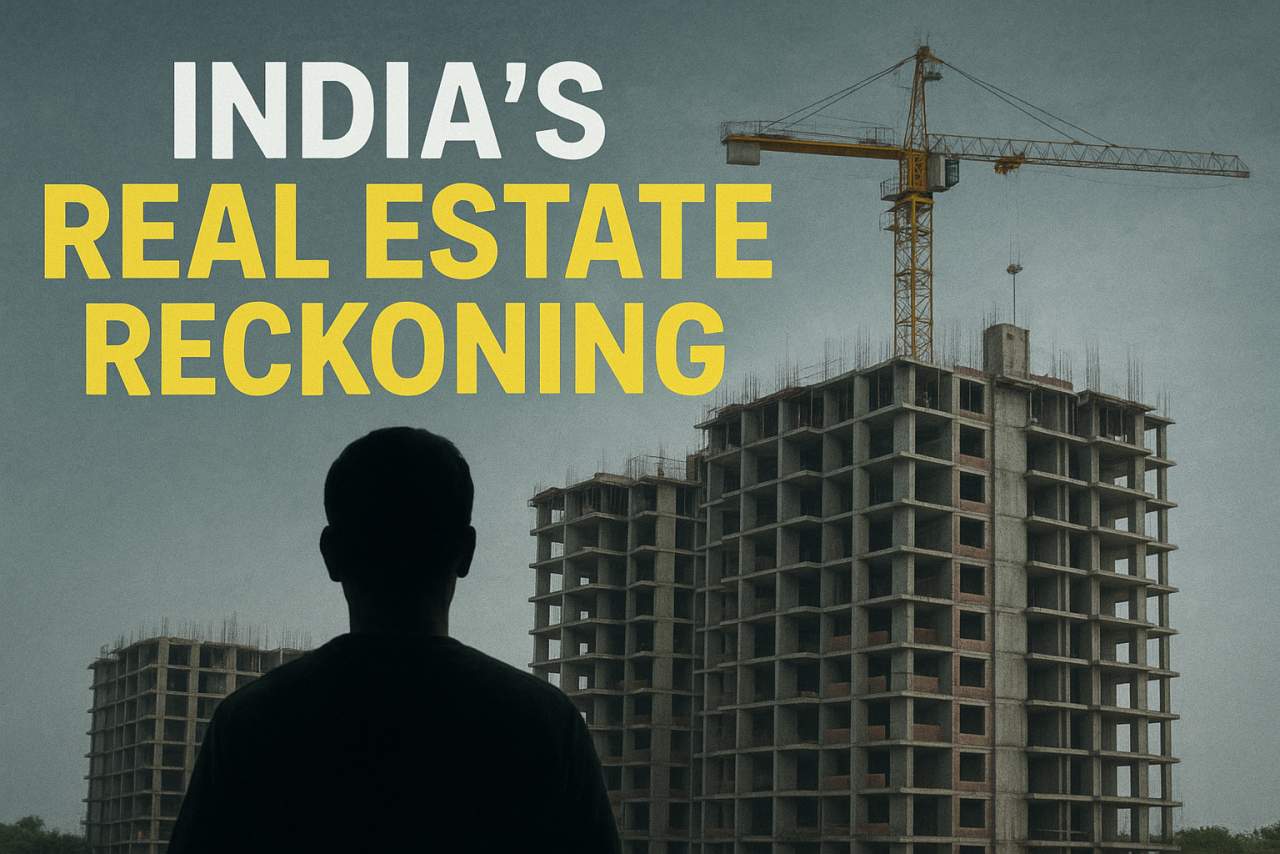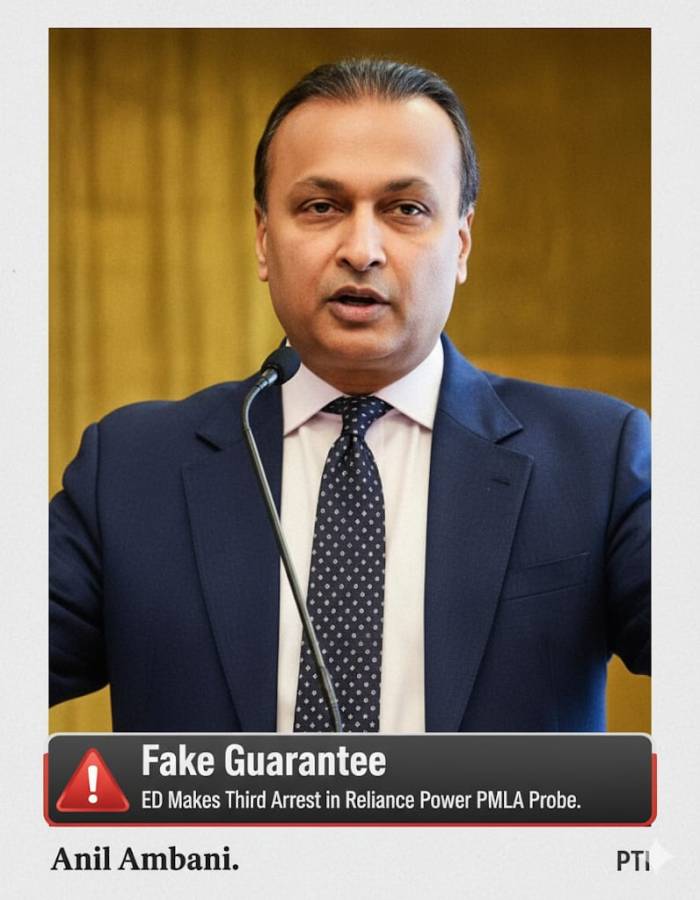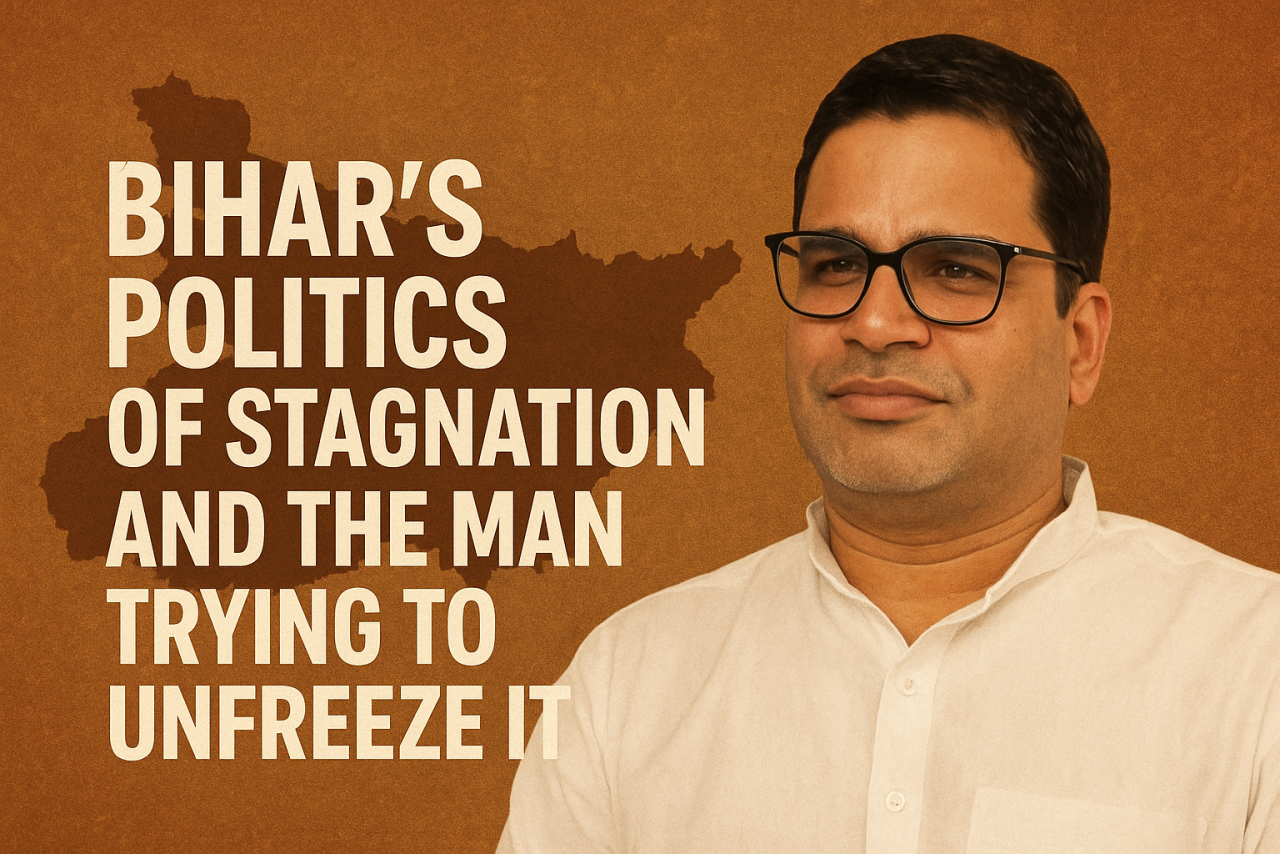
For years, thousands of Indian homebuyers have lived in anxiety, waiting for the keys to homes they paid for long ago. Across cities, from Noida to Patna, unfinished towers have become painful reminders of broken promises, legal loopholes, and the struggles of ordinary citizens who invested their savings into the dream of a home. But with the government now preparing a sweeping reform of the real estate and insolvency frameworks, a long-overdue fix may finally be on the horizon.
The Ministry of Corporate Affairs (MCA), in coordination with the Ministry of Housing and Urban Affairs, has initiated a high-level discussion aimed at reviving stalled housing projects, ensuring accountability among developers, and restoring public confidence in the sector. According to reports, the government plans to form an inter-ministerial committee that will design a unified system to streamline insolvency processes, debt recovery, and project completion.
This reform move is not just bureaucratic housekeeping. It touches the very heart of a crisis that has eroded trust in India’s housing market. Nearly 4.12 lakh dwelling units, involving investments of over ₹4.4 lakh crore, are currently stuck across the country. Many of these are trapped in bankruptcy courts or delayed due to mismanagement, financial distress, or simply the lack of regulatory coordination between agencies.
The Crisis on the Ground
The pain caused by such delays is not confined to the big metros. In Bihar, for example, residents of Sai Vrindavan City in Danapur, Patna represent a familiar story. Buyers like Deepak Kumar Jha entered into agreements with builders such as Aastik Buildcon Pvt. Ltd., expecting possession in 2022. Instead, they found themselves moving into incomplete structures, without promised amenities such as lifts, generators, parking facilities, or even proper safety measures.
In Deepak’s building, only one substandard lift has been installed. Frequent breakdowns have made daily life dangerous. Residents allege that if any accident were to occur due to the faulty lift, the builder and his staff would be solely responsible. Despite repeated complaints, no meaningful action has been taken.
Such cases reveal the deeper cracks in India’s real estate system. Builders often manage to delay projects for years, citing issues like material shortages, elections, or floods, as seen in Bihar. Meanwhile, residents are left without recourse, struggling to get the attention of regulatory bodies or to enforce the terms of their agreements.
A Policy Push for Accountability
The new initiative by the MCA seeks to address these very lapses. The proposed inter-ministerial committee will include representatives from financial and housing regulators like the Insolvency and Bankruptcy Board of India (IBBI), the Department of Financial Services, and the National Institute of Urban Affairs. Their goal is to create a legally sound and time-bound mechanism to complete stalled projects and protect homebuyers.
A key element of the reform is the integration of RERA (Real Estate Regulatory Authority) with the Insolvency and Bankruptcy Code (IBC). Currently, the lack of alignment between these two laws allows many builders to escape responsibility. While RERA protects buyers’ rights, IBC focuses on the recovery of loans, often favoring financial institutions over individual homeowners. The new plan intends to bridge this gap and ensure that both buyers and creditors are treated fairly.
Furthermore, the government aims to expand the SWAMIH Fund (Special Window for Affordable and Mid-Income Housing), which finances stalled housing projects that are near completion. The fund has already supported the completion of over 40,000 homes, and the latest proposal seeks an additional allocation of ₹25,000 crore to help another 100,000 families move into their long-delayed flats.
A Ray of Hope for Homebuyers
If executed effectively, these measures could finally deliver justice to families like Deepak’s. For many, the issue is not just financial but deeply emotional. They have already paid EMIs, borne rent, and endured years of uncertainty. Their only demand is that builders be held accountable and the government ensure timely possession.
Experts like Ashok Haldia, who heads a working group on real estate debt resolution, have also emphasized the need for tighter project-specific supervision and stricter enforcement of accountability. He has suggested that funds like SWAMIH should be accessible even to projects undergoing insolvency, provided they meet basic safety and compliance standards.
Challenges Ahead
While the intent is strong, challenges remain. Coordination between multiple ministries, financial creditors, and regulatory agencies is never simple. The success of the plan will depend on how effectively the new system balances the interests of banks, developers, and homebuyers.
In many ongoing cases, such as in Patna, Noida, and Gurugram, buyers have already lost faith in grievance mechanisms. They see long delays in RERA verdicts and limited enforcement power against errant builders. The government’s proposed framework must not only streamline existing laws but also build a transparent and accessible system for citizen complaints.
Final Take
India’s real estate sector is at a crossroads. On one side stand hopeful families who invested their life’s earnings into homes that remain unfinished. On the other stands a tangle of stalled projects, financial disputes, and bureaucratic inertia. The government’s new initiative offers a chance to rebuild what was lost — not just homes, but trust.
For buyers like Deepak Kumar Jha, who continue to live in incomplete apartments with unsafe lifts and unfulfilled promises, the hope is simple: that these reforms will not remain on paper but will finally bring accountability, action, and the dignity every homebuyer deserves.




















